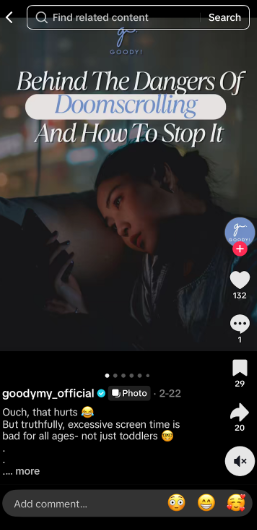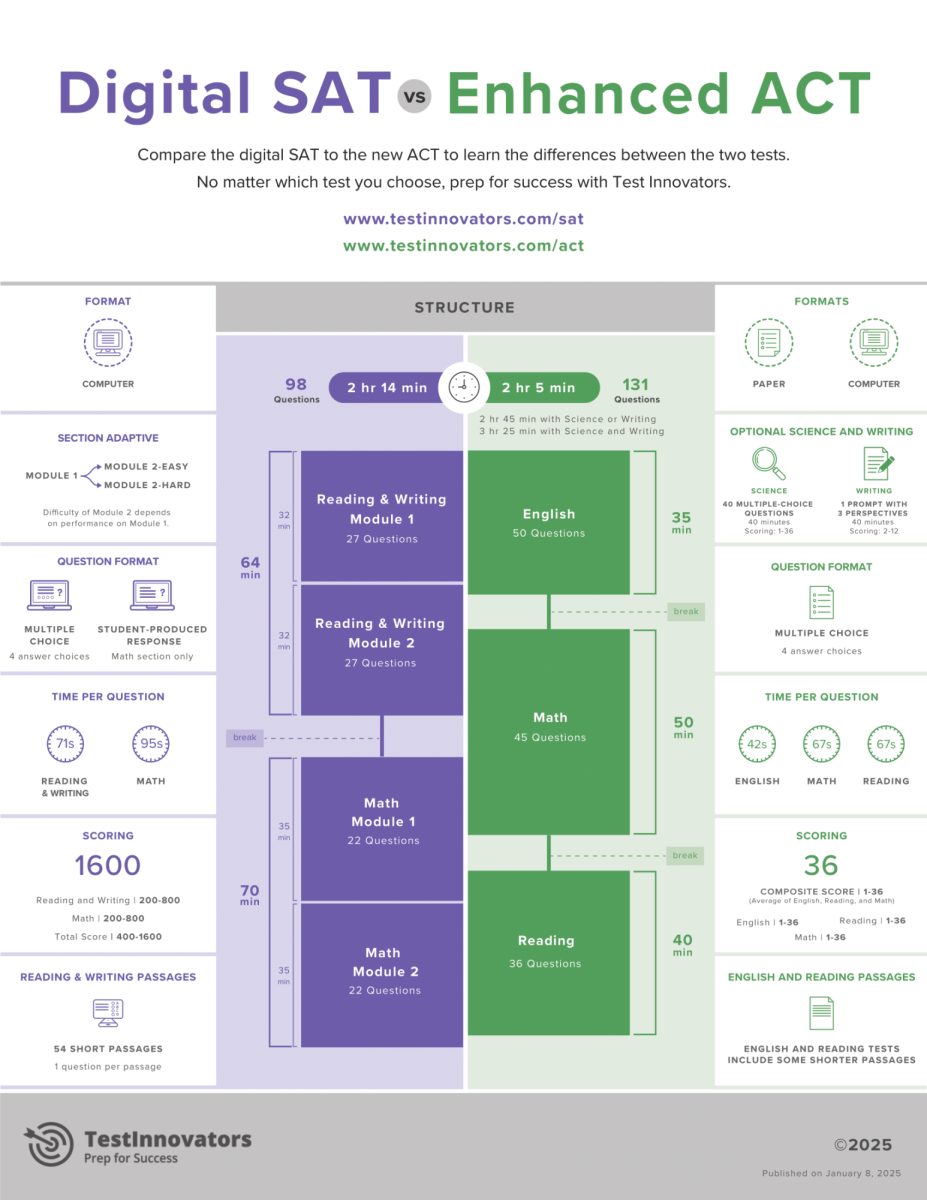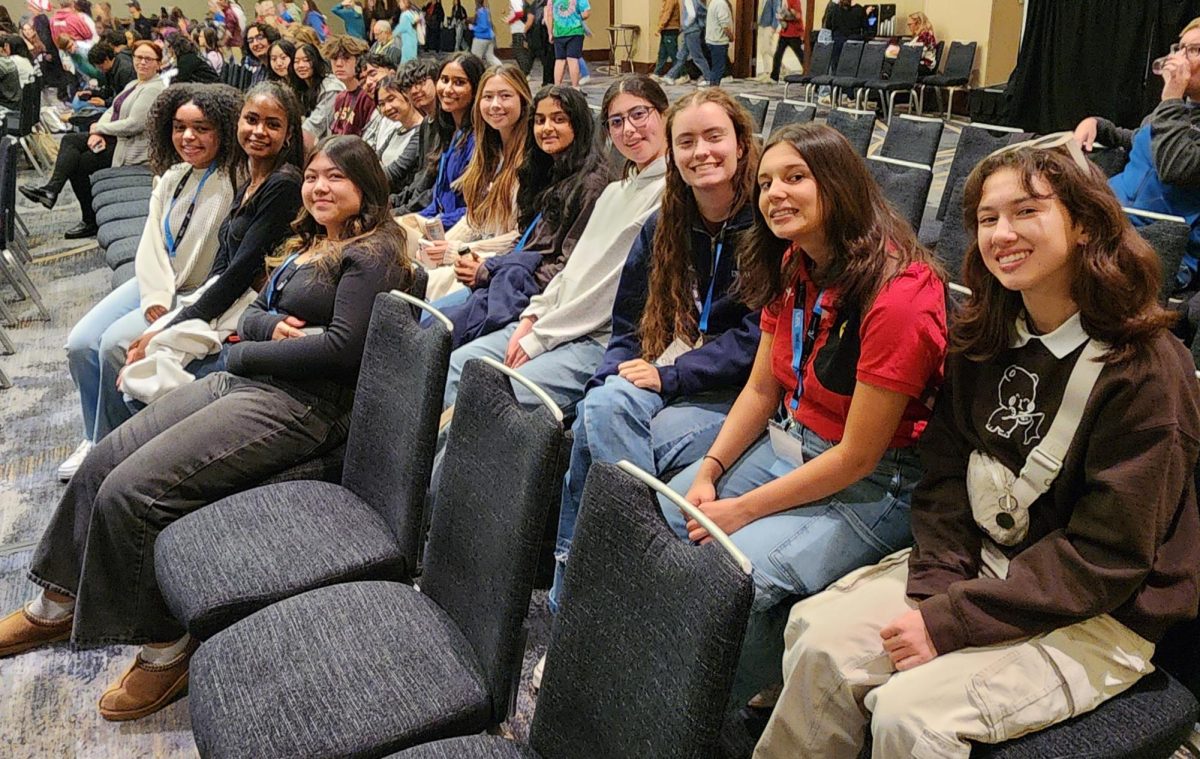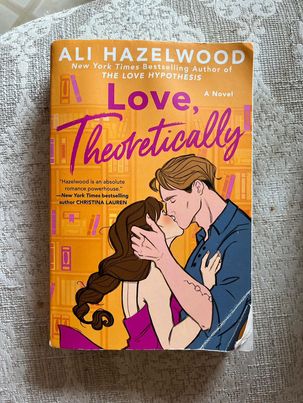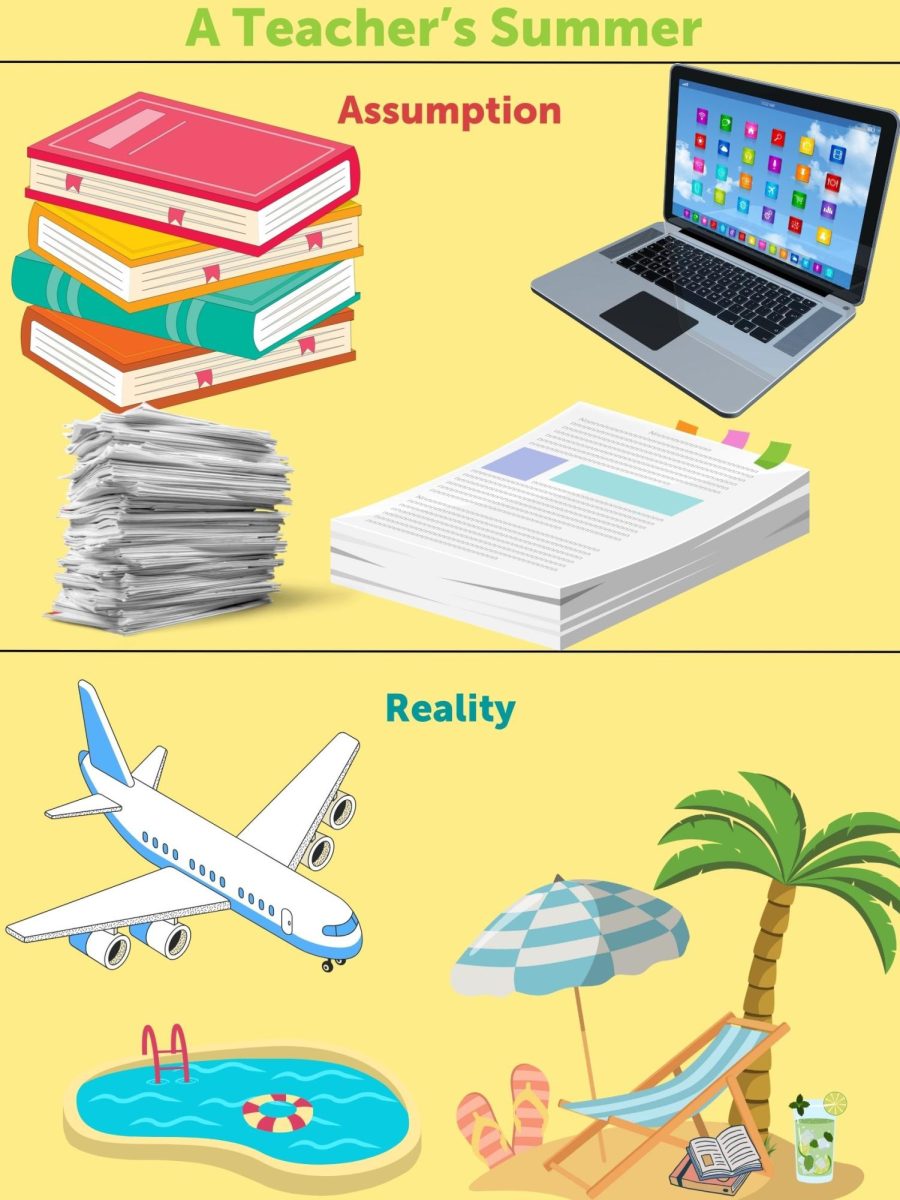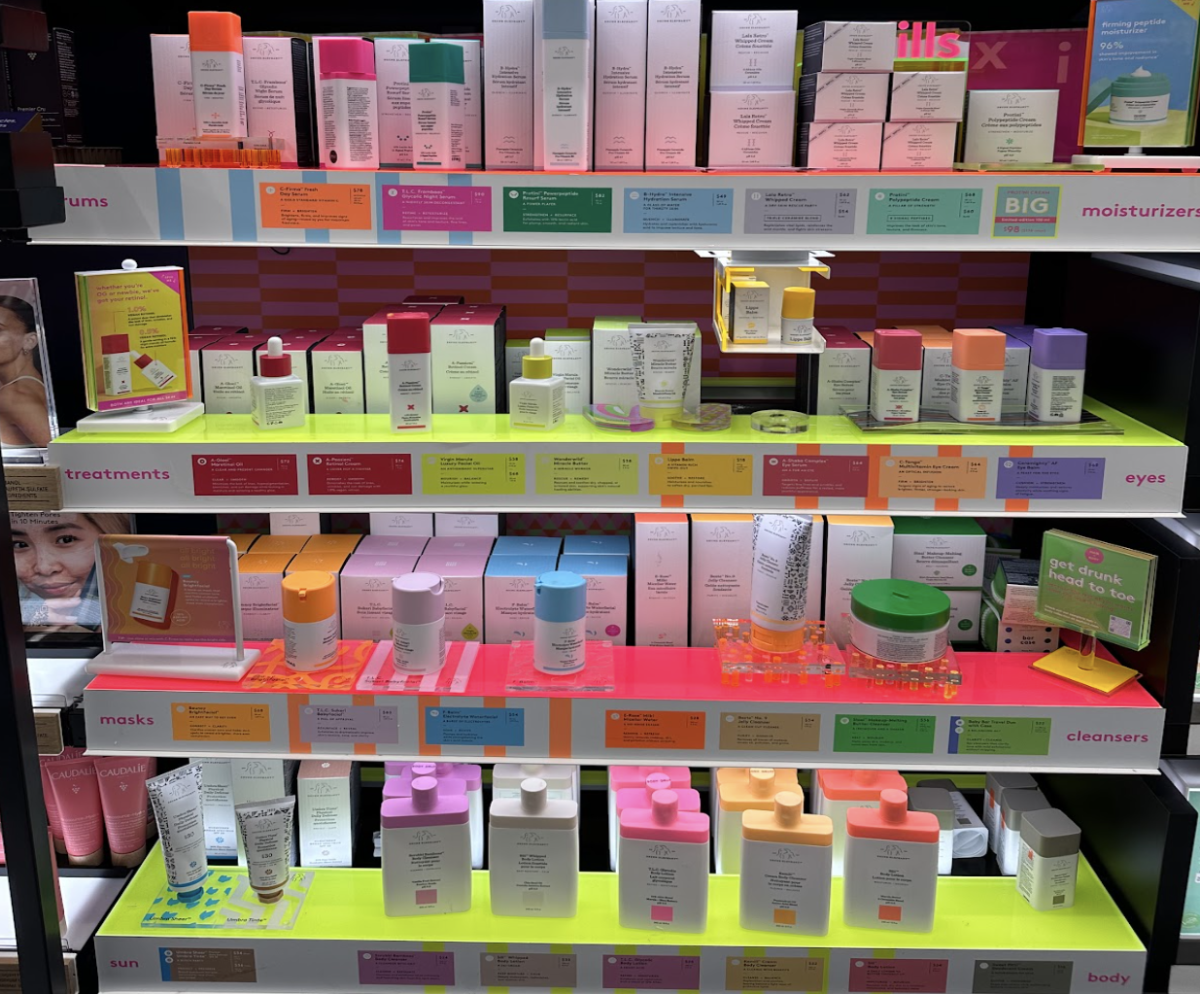People have turned to using wireless Bluetooth devices more often due to technology becoming more relied on. This causes people to be more at risk of hearing loss because of the continuous exposure to listening to things at high volumes.
Ear damage stems from listening to music or watching videos through earbuds that are directly emitting sounds into a student’s ear. If a student is in a loud environment, this leads to them wanting to increase the volume, to drown out unwanted sounds. But doing so has the negative consequence of causing hearing loss that follows people for the rest of their lives.
“I know that a lot of people listen to music really loudly on their AirPods,” said junior Alex Arteta. “Sometimes it even gets to the point where a kid sitting next to me is just blasting music and you can just hear it from across the room.”
It is so easy for people to get lost in what they are listening to that the consequences of potential hearing loss flow under their radar undetected.
According to Mayo Clinic Health System, the highest volume that most headphones can reach is 94-110 dB where 94 dB is equivalent to hearing a lawn mower at close range and 110 dB is equivalent to a jackhammer or a motorcycle.
“I don’t think people are even aware of how their day-to-day listening to things plugged into their ears, particularly at loud volumes has long-term consequences because they don’t feel it and they don’t experience it now,” said Beth Visna, AP Psychology teacher.
Due to the quick advancement of technology, older generations mainly think that earbuds are only used by newer generations.
“I don’t think students are more at risk than anybody else,” Visna said. “It’s just in this generation, everyone has earbuds and it’s less common for people of older generations to have things that they plug into their ear for music, videos or whatever else.”
Hearing damage is caused by disrupting the connection between the inner ear and the brain.
“Your inner ear is a membrane that’s lined with little kind of frayed wires called cilia and that’s what makes the signals that go to your brain,” Visna said. “Those cilia are what can get damaged and that’s what causes typical hearing loss for most people. Prolonged exposure or extremely loud exposure will wear out the cilia.”
Being exposed to loud volumes through earbuds can lead to all sorts of consequences that branch from hearing damage.
According to Medical News Today, common warning signs of hearing loss include difficulty in hearing high-pitch sounds, understanding conversations in noisy places, hearing muffled sounds and ringing in ears.
“Hearing loss and damage can lead to tinnitus,” Visna said. [Tinnitus is] the brain searching for a sound that used to be there, that’s no longer there and that can be psychologically stressful.”
A solution for this issue is that many phones including Apple iPhones, have a feature where it tracks a person’s volume exposure and alerts them whenever they are susceptible to ear damage.
“If [people] listen to that [alert] then they’re going to improve their health,” Arteta said.
Another solution would be to completely stop using Bluetooth devices that have direct access to both ears to slow down further hearing damage.
“The real answer would be not using earbuds,” Visna said. “That’s not always avoidable but even listening to high volume in the room is better than listening to low volume plug directly into your ears. So it would be way lower than anyone would probably be willing to do on a regular basis.”





